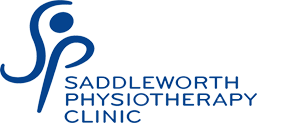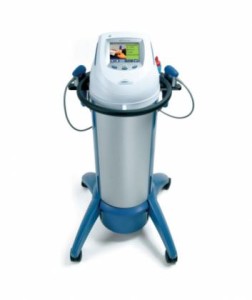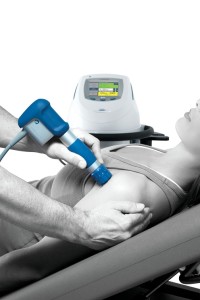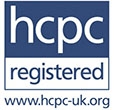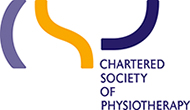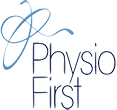Introduction
Therapeutic shockwaves were introduced as a medical treatment for eliminating kidney stones without causing skin injury over 20 years ago. Some of the side effects discovered during this treatment were the bone healing and accelerated tissue healing in the areas subjected to the shockwaves. Today, the use of Shockwave, or Radial Pressure Waves ( RPW ) has been successfully extended to other therapeutic applications such as:-
• shoulder tendinitis including calcific tendinitis
• tennis and golfers elbow
• De Quervains tenosynovitis of thumb
• Achilles tendinitis
• Plantar fasciitis and heel spurs
• Patellar tendinitis (jumpers knee)
• Trochanteric bursitis of hip
• muscle trigger points
• muscle and connective tissue activation.
Shockwave Therapy – How does it Work?
• A shockwave is generated in the hand piece
• The shockwave is delivered to the tissue via a compressed air impulse exerted by the hand piece
• The shockwave radiates out, extending to the entire area where pain occurs
• Usually no more than 3-4 sessions are needed
• No anaesthetic is required
• No surgery or other therapy is required and treatment can usually start straight away.
What are the Advantages?
” RPW offers two main advantages over traditional surgical methods, fewer potential complications and a faster return to normal activity. ” FDA
• no anaesthesia
• non invasive
• no medication
• no surgery
• fast treatment – usually 3-4 sessions required
• fewer complications
• virtually painless after treatment
• quick recovery and quick results
Treatments
Radial pressure waves offer a non invasive treatment solution for chronic insertion and soft tissue pathologies. Local treatment of the affected area will enhance and reset the healing pattern while reducing pain and improving function. With very few negative side effects, Radial Pressure Wave Therapy is indicated for conditions that are normally very difficult to treat. Physical effects of radial pressure waves include:-
• Pain reduction. The patient experiences a reduction of pain, explained by the Gate Control Theory. Intensive pulses from the transmitter into the tissue, create a strong anaesthetic effect on the nerve fibres, which inhibits the transmission of pain signals.
• Increased metabolism. Shockwaves influence the tissue on a cellular level. The chemical environment of the cells is affected by free radicals promoting the release of pain and inflammatory inhibiting substances.
• Revascularisation. Repeated Shockwaves to the affected area create a revascularisation effect, with the new blood flow in the area promoting tissue healing and regeneration.
• Reduced muscle tone The ” vicious circle ” as well as the strong pathological association between pain and muscle tone, will be broken and lead to restoring a normalised muscular tone.
